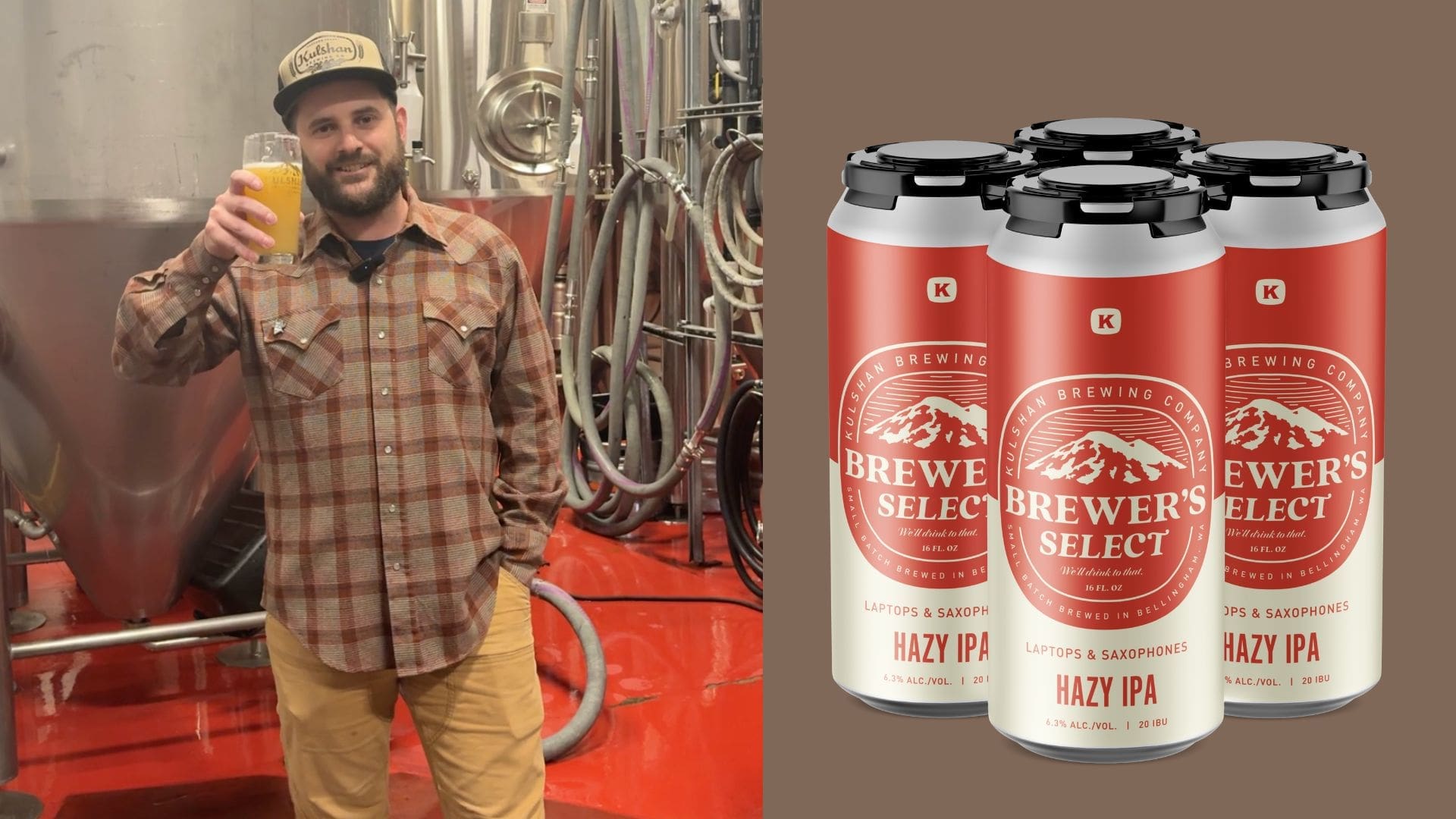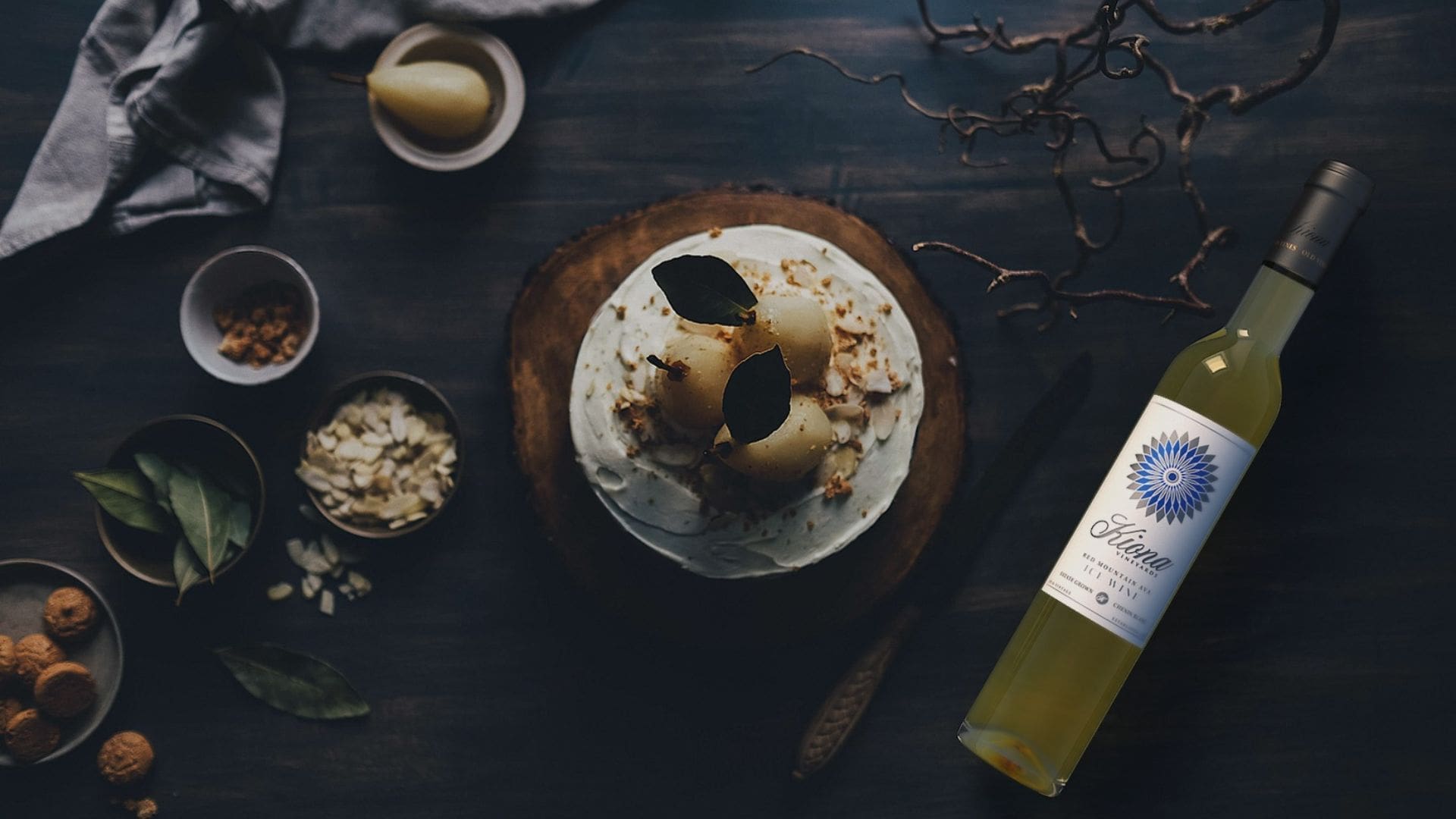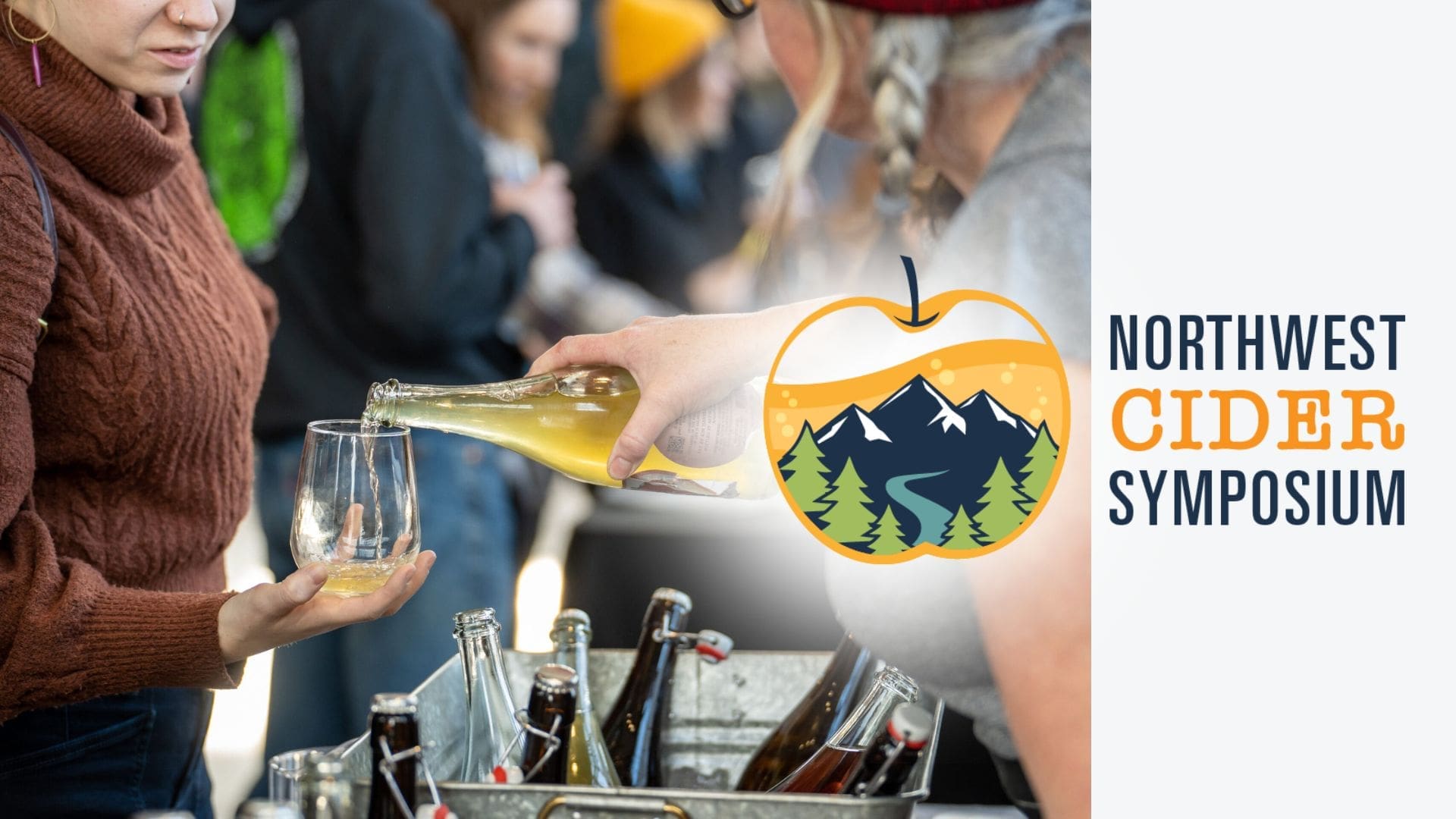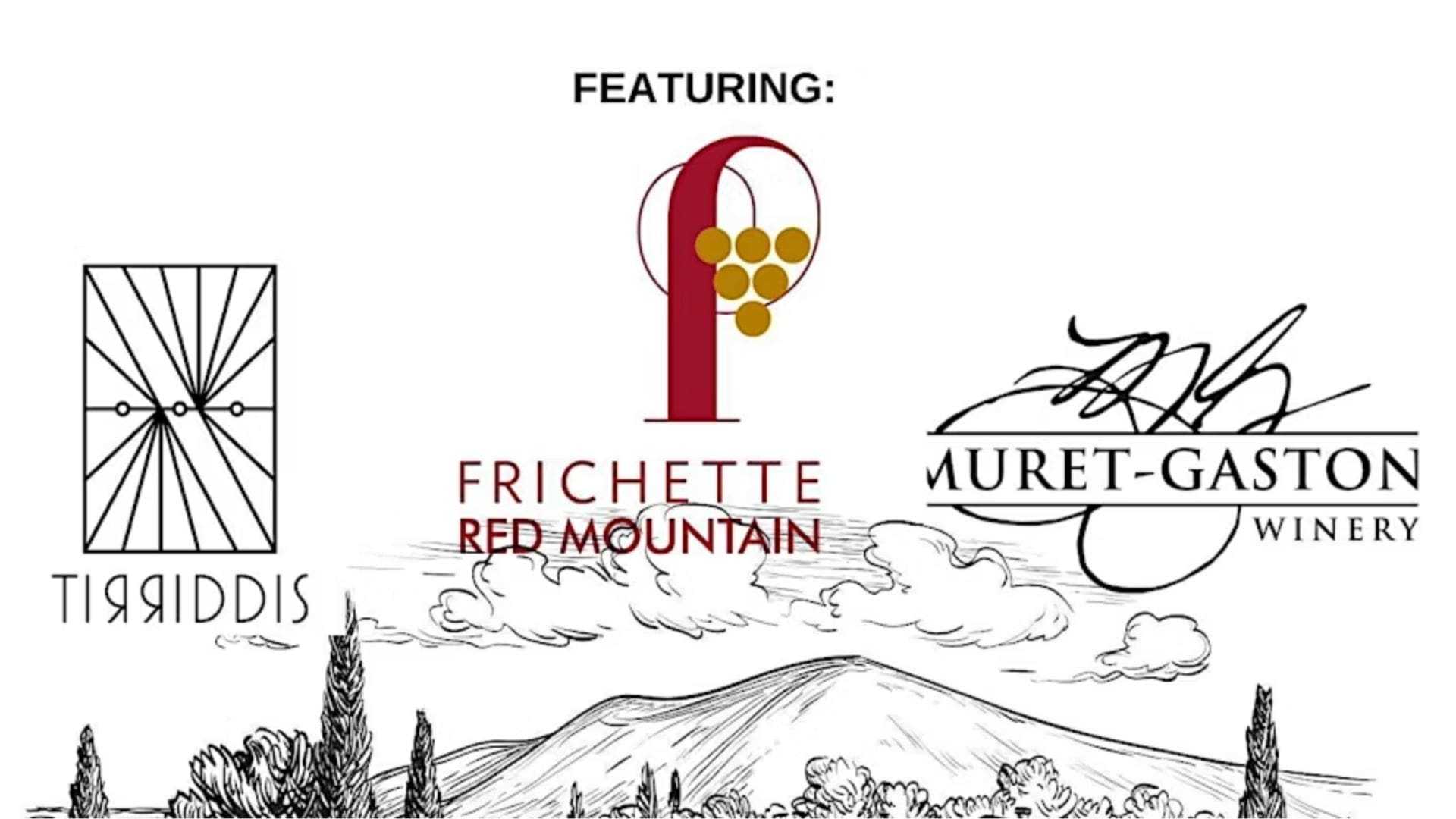Greg Jones has become the face of climate change in the Northwest wine scene. His research has garnered awards, fine-tuned growing philosophies and made his annual report at the Oregon Wine Symposium one of the hottest tickets in town. Here, the climatologist and director of the Evenstad Center for Wine Education at Linfield College talks changing mindsets, tricking vines and reason for optimism.
1) How has climate change entered the wine conversation over your many years in the field?
When I first started my dissertation I was focused on better understanding the role that weather and climate played in vine growth, fruit production and quality and wine characteristics. There was very little work — only one or two studies — looking at climate change issues in viticulture or wine. As I started to delve further into the data in Bordeaux, it was evident that trends in climate were already occurring (in the late ’80s and early ’90s) so some of my focus shifted to better understand the impacts.
While the media was very interested in my work, many in the industry were not so convinced and even outright deniers of what the data were saying. Fast-forward to today and it is a very different story. By the way, the early climate models that we used for projections to 2020 were not far off from where we are today.
2) Are there other climatic concerns we tend to overlook, besides the more obvious drought and wildfire issues?
Well water availability, whether from snowpack and storage or aquifers, is a growing issue in many regions. Also heat stress is concerning, especially during critical periods of vine development and fruit ripening. Another would be the combination of human movement of plant material (of all kinds) that brings pests or diseases into regions where the climate is now more conducive to their spread.
3) What are some of the more unique ways you’ve seen growers deal with changing environmental conditions?
Some larger companies have geographically spread their risk across many climate regions and elevation gradients. There is more and more interest in developing shading materials to lower sunburn and heat stress. There has been increasing interest in old training styles that might allow the vine to perform better in the climates of today.
One interesting attempt is to trick the vine to ripen fruit later by removing the majority of leaves before flowering to cause the plant to work to put the leaves back before moving into flowering. This has the potential to delay ripening into a cooler period of the summer — this work has been done at Fresno State (in California) and in Australia. And of course there is a lot of interest in better understanding the genetics of grapevines such that we can breed better rootstocks and scion material for changing environmental conditions.
4) There’s a fair amount of sustainability and green-mindedness in the field. Is it cause for optimism?
Yes, because being focused on sustainability means that the grower/producer is more in tune with their land, the plants, the soil, etc. This can only help move away from more conventional farming and allow agriculture to move toward being more proactive stewards of landscapes and climates.
Photos courtesy Linfield College













